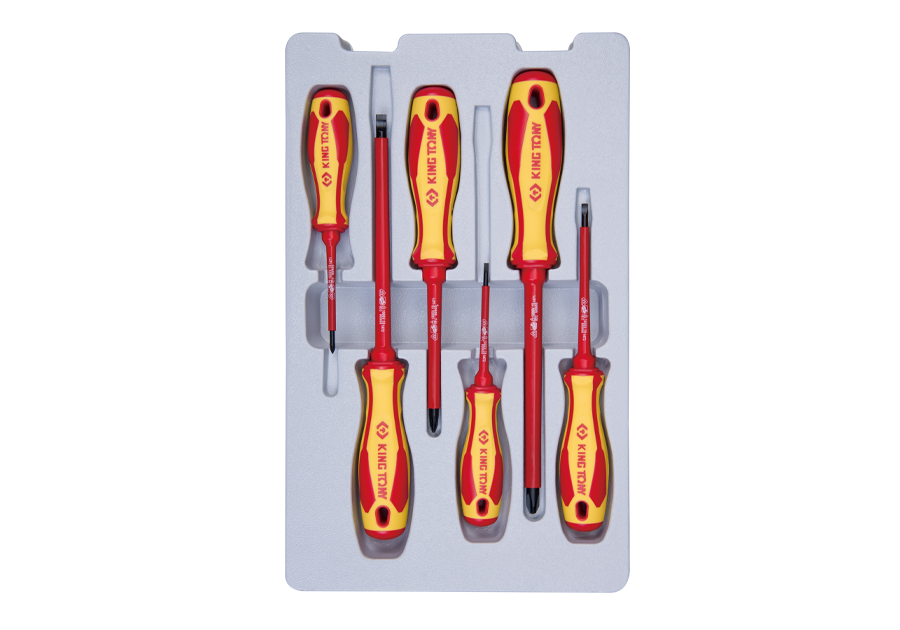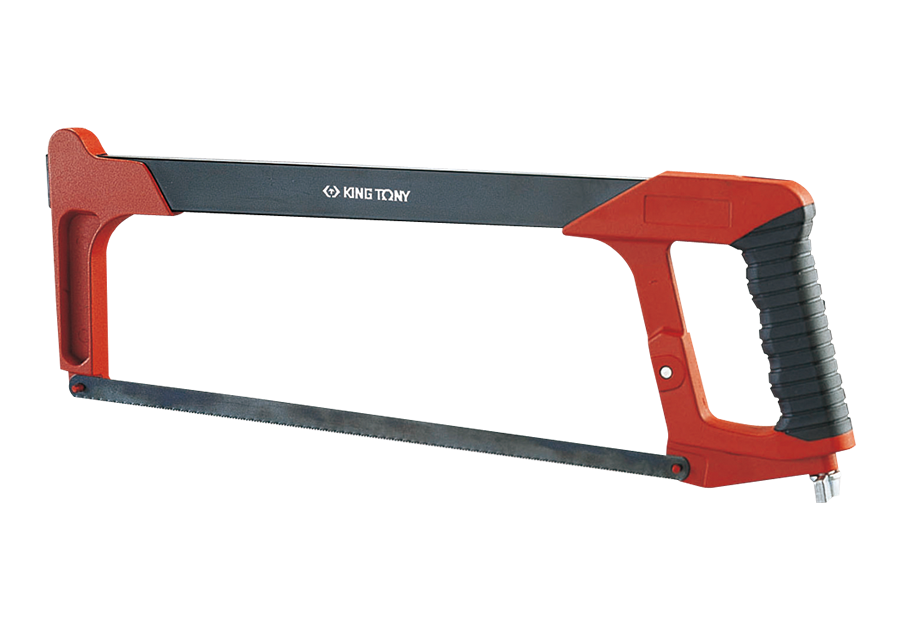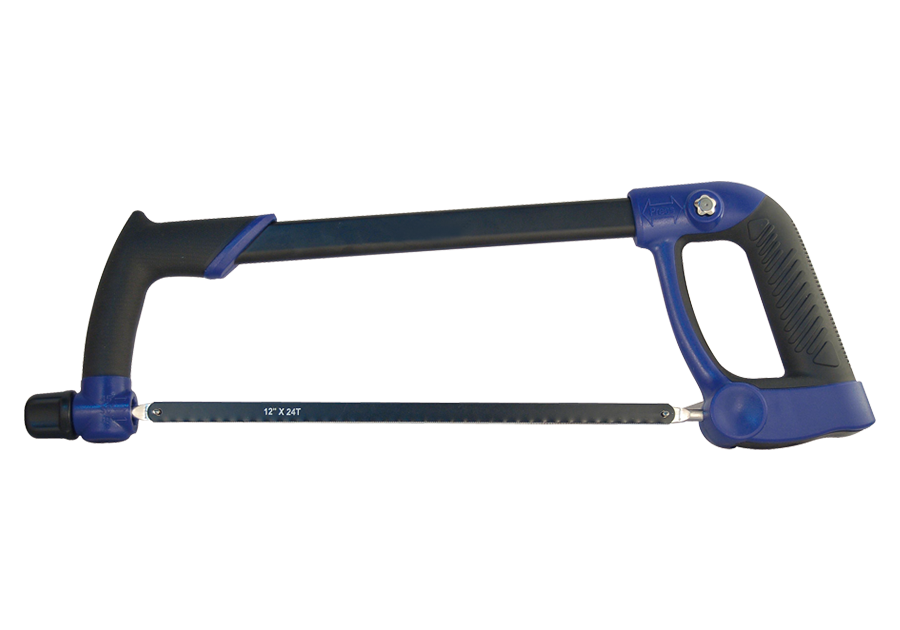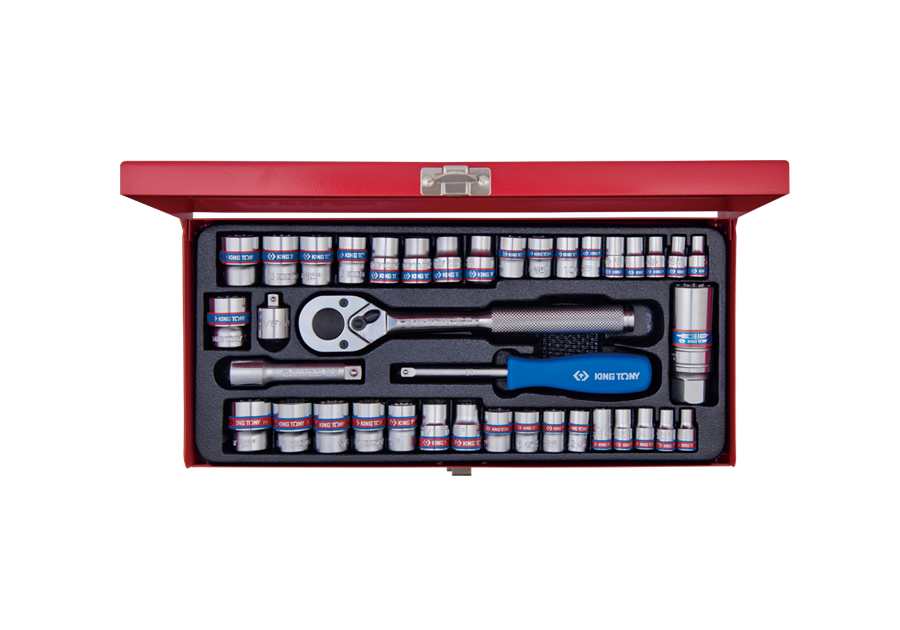Tools Introduction Class
Tools Feature & Advantage Introduction Class
Tools Operation and Application Class
Tools Maintanence and Repair Class
Tools Quality Checking and Certified Class
Tools Torque Introduction
Marketing Service Area
Member post
How to Use Hand Tools Correctly and Safety Precautions?
Popularity : 1582Using the Hand Tools
Most people haven’t been trained through professional lessons before using hand tools, which leads to an increase in accidental injuries. According to the statistics, injuries caused by improper use of hand tools accounts for seven to eight percent of all accidental injuries each year. Therefore, for all kinds of hand tools, including pneumatic and electric tools that are commonly used, it is necessary for users to understand their correct operating methods and the way to maintain the tools in good condition.
Metalworking Hacksaw
Select the appropriate saw blade according to the work.
For instance, 14 teeth per inch saw blade for sawing solid or thick soft metal, 18 teeth per inch saw blade for heavy gauge steel, iron pipe or hard metal, and 24 teeth per inch for metal plate, metal pipe or thin iron bar.
To perform, push the saw forward and gently lift it up when pulling back.
Sockets and Wrenches
-
The appropriate size of sockets or wrenches should be selected according to the size of the screw.
-
When using an adjustable wrench, forces should never be applied to the flexible side rather than the fixed side.
-
If the opening end of the wrench is worn or slipped while using, it should not be used anymore to avoid injury.
-
Do not use the wrench as a hammer for striking.
-
Do not add additional pipe or tube on handle for torque extension.
Screwdrivers
-
Select the appropriate screwdriver according to the size, shape and groove of the screw head.
-
The handle of the screwdriver cannot be struck by hammer (except the Go Thru screwdrivers). If the handle is damaged, it should be replaced immediately.
-
Do not use the screwdriver as a chisel or a crowbar.
-
When overhauling the live working environment, electric screwdrivers (VDE) should be used instead of ordinary screwdrivers to avoid the risk of electric shock.
-
The tip of the screwdriver should not be ground, so as not to damage the hardness of the tool where it was set.
-
The screwdriver should not be put in the pocket, clothes or trousers to prevent injuries.
Pliers
-
Pliers are used only for cutting or clamping metal wires. Be aware of the maximum cutting range of each pliers to avoid damage to the cutting edge due to excessive wire hardness or wire diameter.
-
Do not use the pliers as a hammer for striking purposes.
-
Do not strike or lengthen the handle of the pliers to increase the clamping or cutting force.
Principles of Using Hand Tools Safely
-
Choose the appropriate hand tool for job requirements.
-
Inspect the hand tools before using.
-
Remain the tools in good working condition.
-
After using, the tools should be cleaned and maintained before being placed in a tool trolley, tool box or tool cabinet that children cannot acquire easily.















